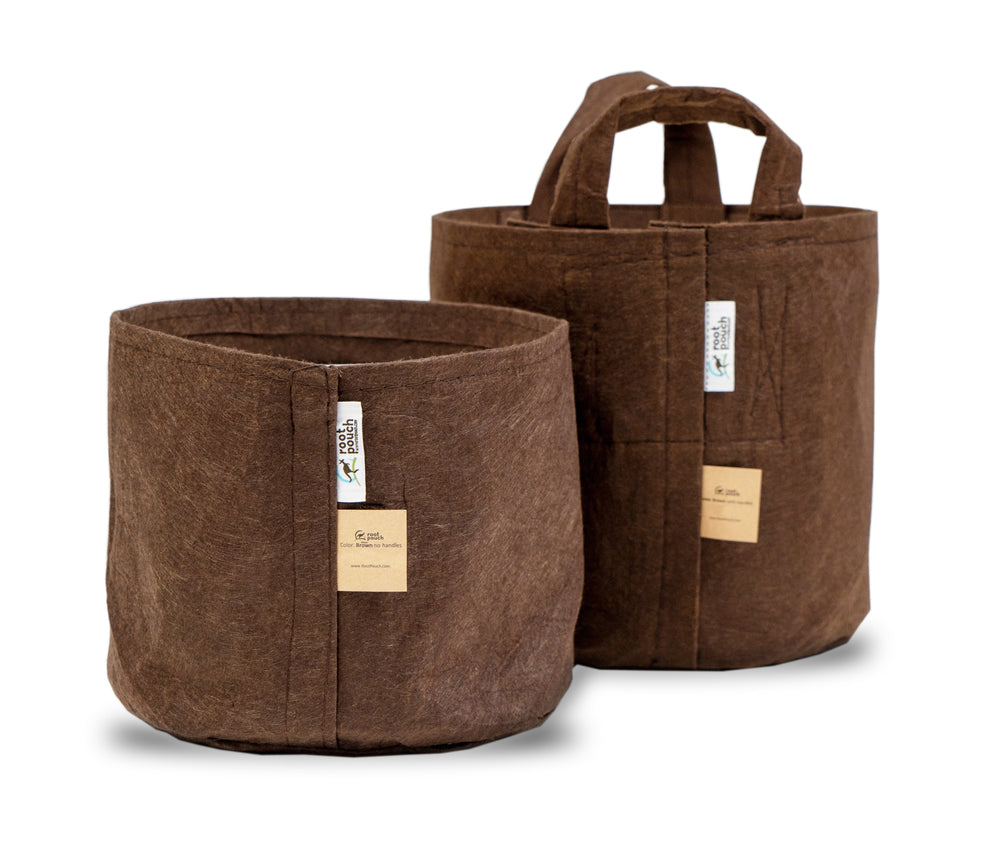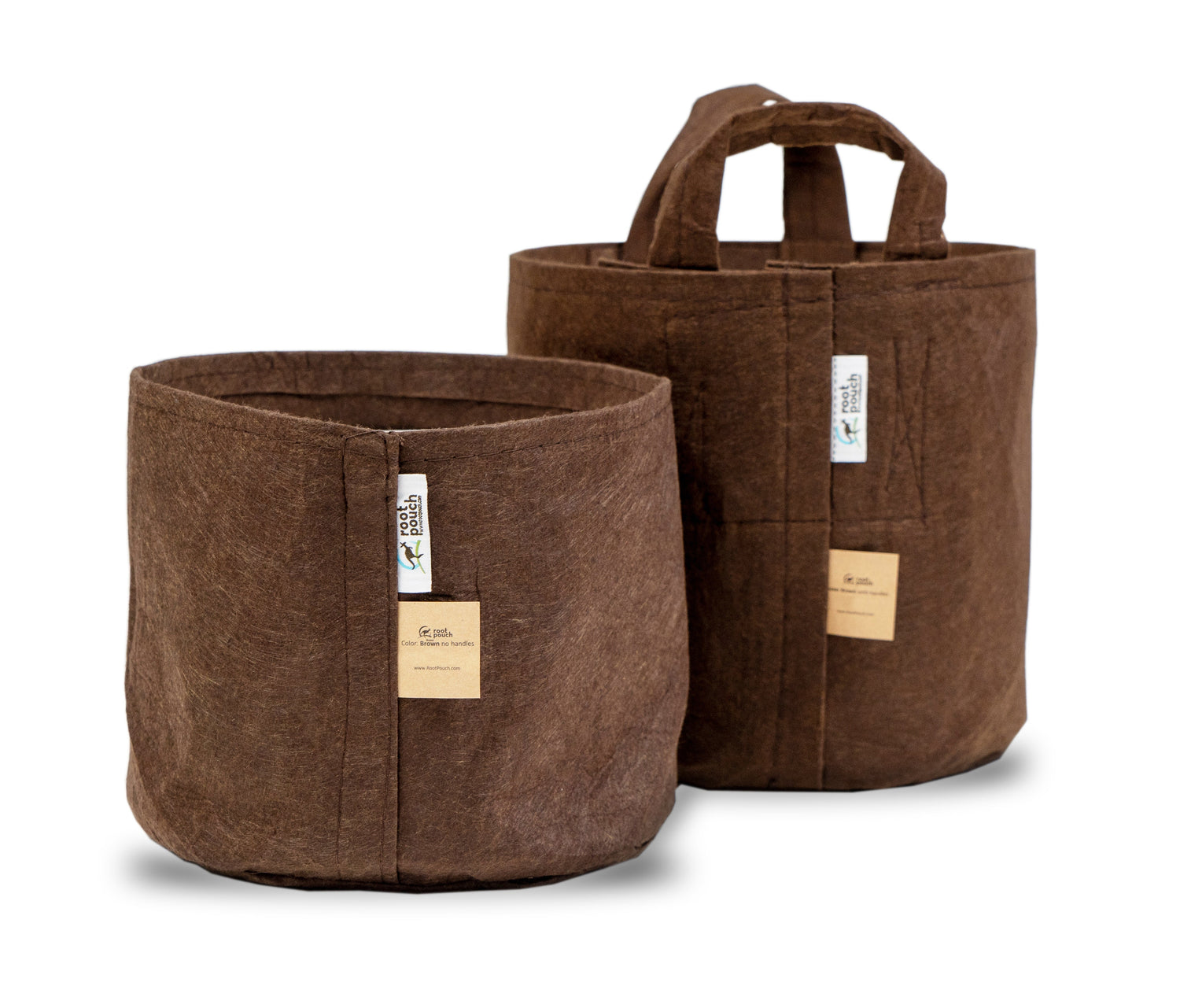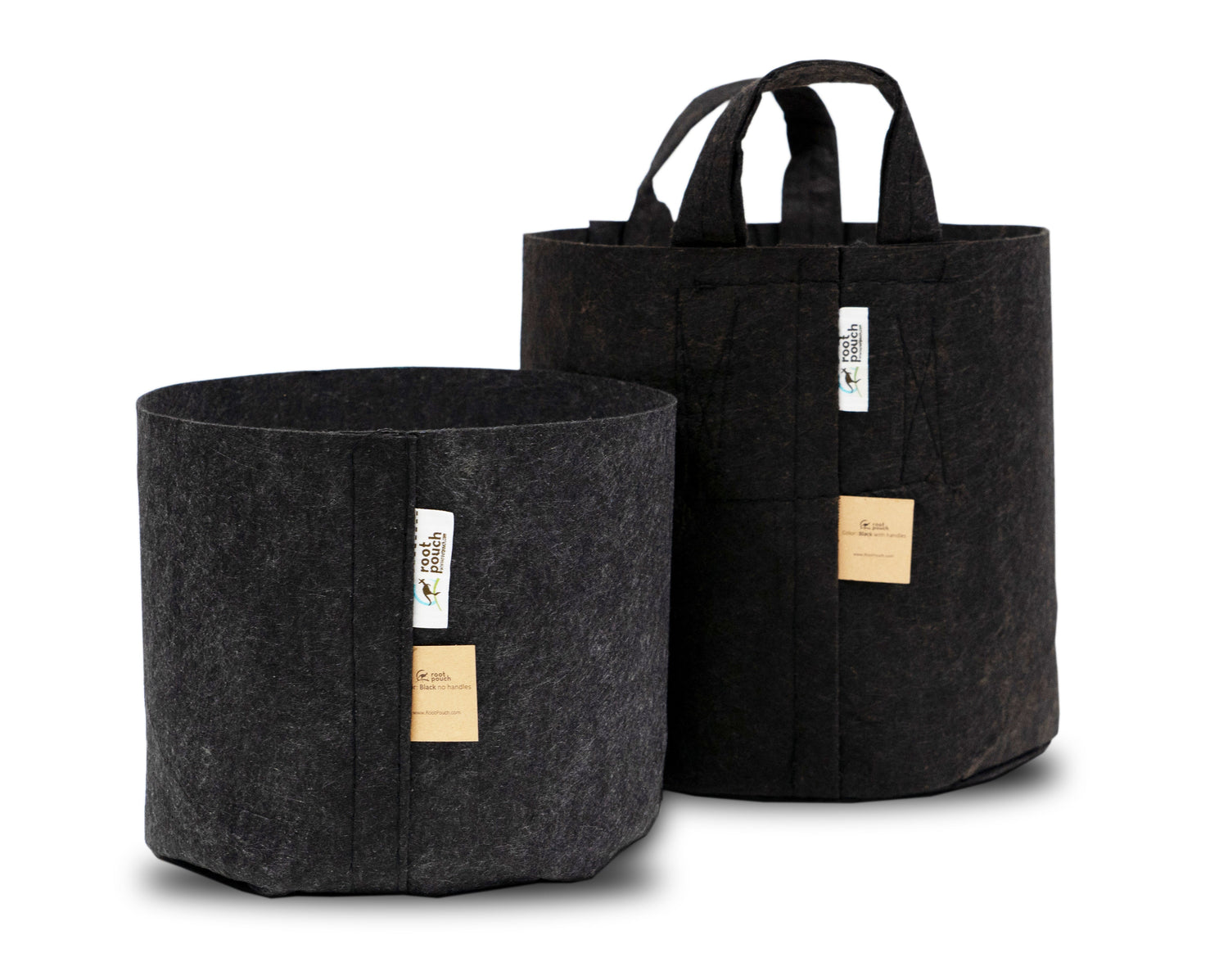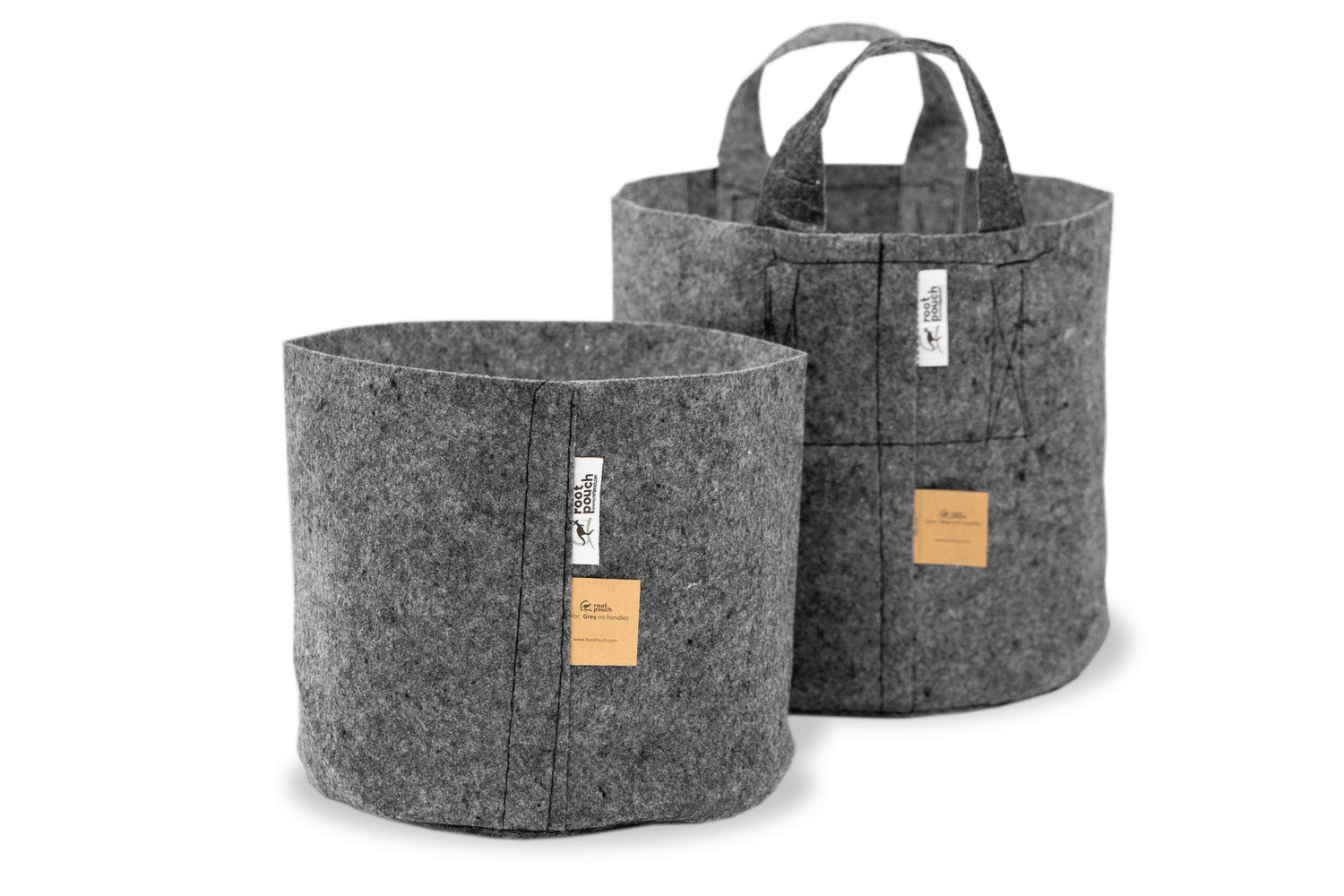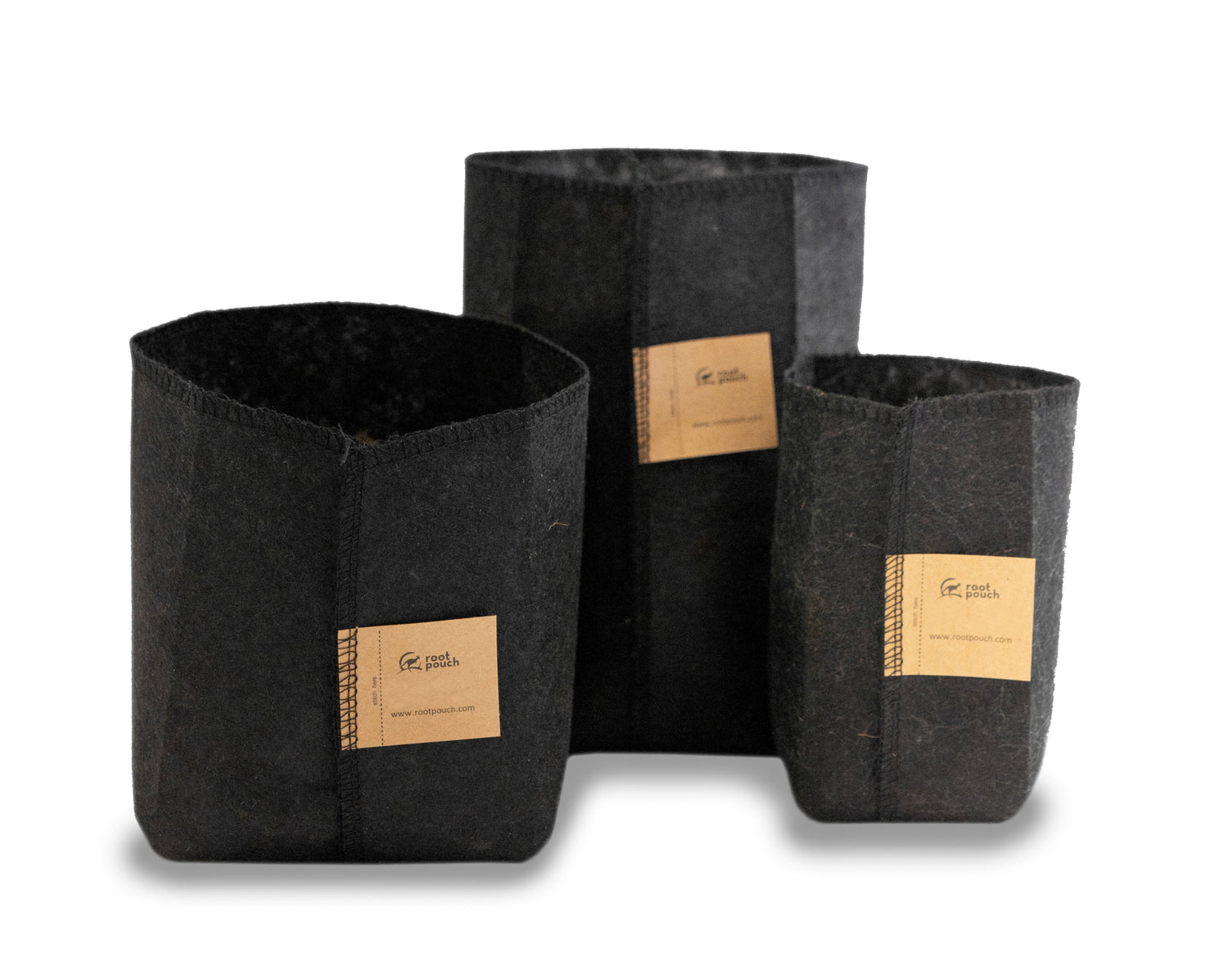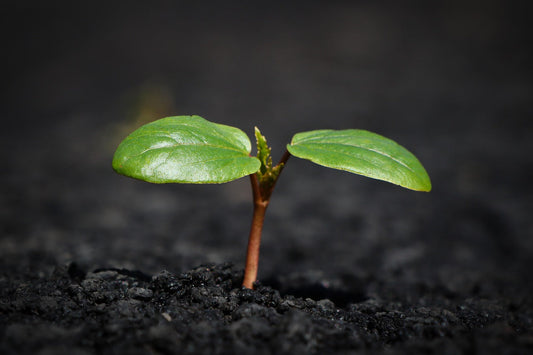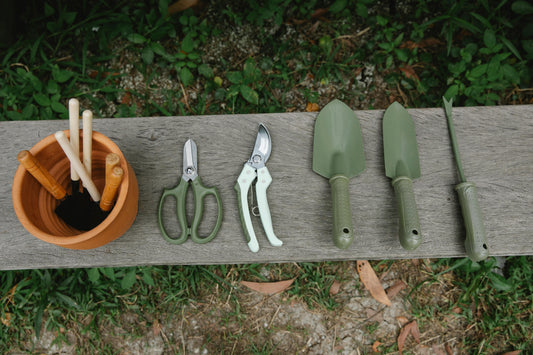As temperatures drop and daylight wanes, winter offers an opportunity to rest, reflect, and prepare your garden for a flourishing spring. With sustainability in mind, gardeners can use this time to implement eco-friendly practices that protect the environment and set the stage for a healthier garden next season. Here's how you can winterise your garden while staying green.
1. Clear and Compost Garden Debris
Instead of sending garden waste to the landfill, transform it into rich compost for next year. Fallen leaves, spent annuals, and vegetable plant residues are excellent materials for your compost bin.
- How to Compost Efficiently: Layer green materials (like fresh garden trimmings) with brown materials (like dry leaves and twigs) to maintain balance.
- Eco-Tip: Use a Root Pouch compost bag for a portable and breathable composting solution. Made from recycled materials, it’s perfect for small-scale composting in urban gardens.
2. Protect the Soil with Mulch or Cover Crops
Bare soil is vulnerable to erosion, nutrient loss, and weed growth during winter. Mulching or planting cover crops is a sustainable way to shield your garden beds.
- Mulching: Spread a layer of organic mulch such as straw, shredded leaves, or wood chips to insulate the soil.
- Cover Crops: Sow winter rye, clover, or vetch to improve soil fertility while preventing erosion. These can be tilled into the soil in spring to act as green manure.
3. Prepare Perennials for Dormancy
Your perennials need a little care to ensure they return strong next season.
- Prune Smartly: Cut back dead foliage, but leave some seed heads for birds and pollinators. Plants like echinacea and sunflowers provide winter food and habitat for wildlife.
- Eco-Tip: Use fabric Root Pouch planters to protect perennials from extreme cold. The breathable material ensures proper drainage while insulating roots.
4. Embrace Wildlife-Friendly Practices
Winter gardens can be a haven for wildlife if managed thoughtfully. Encouraging biodiversity benefits your garden ecosystem year-round.
- Bird Feeders and Baths: Place feeders and keep birdbaths ice-free to help birds through the colder months.
- Create Shelter: Leave brush piles or hollow stems intact to offer homes for insects, hedgehogs, and other garden friends.
- Native Plants: Keep native grasses and shrubs in your garden to provide shelter and food for local species.
5. Start Planning Next Year’s Garden
Winter is the ideal time to sketch out your garden goals for spring and summer.
- Reflect on Sustainability: Research eco-friendly tools and products, like Root Pouch fabric pots, to support your gardening efforts.
- Experiment with Companion Planting: Plan to grow plants that benefit each other, such as marigolds with tomatoes or beans with corn.
- Order Seeds Early: Look for organic, heirloom, and native varieties to support a more sustainable garden.
6. Tackle Weeds and Pests Naturally
Winter offers a chance to get ahead of unwanted visitors in your garden.
- Hand Weeding: Remove weeds now to reduce competition for spring crops.
- Natural Pest Control: Use diatomaceous earth or neem oil to treat any pest-prone areas before they become a problem next year.
7. Use Root Pouch Planters for Overwintering
For plants that need extra protection, Root Pouch fabric pots are a versatile solution.
- Move Plants Indoors: Easily transfer tender plants like citrus or tropicals inside to avoid frost damage.
- Protect Root Systems: Root Pouch planters provide excellent insulation, ensuring perennial root health during the winter chill.
- Eco-Friendly Choice: Crafted from recycled materials, these planters are a sustainable addition to any gardener's toolkit.
8. Save Seeds for the Future
Seed saving is a time-honoured tradition that reduces waste and preserves genetic diversity in plants.
- Harvest Smartly: Collect seeds from non-hybrid plants like heirloom tomatoes or marigolds.
- Store Properly: Keep seeds in a cool, dark, and dry place to maintain viability.
9. Incorporate Winter Colour and Interest
Your garden doesn’t have to look dull in winter! Add elements that brighten the landscape.
- Evergreens and Berries: Plants like holly, winterberry, or juniper offer year-round colour.
- Ornamental Grasses: Varieties such as Miscanthus or feather reed grass provide structure and movement.
- Winter Flowers: Add pansies or hellebores for a touch of bloom in colder months.
10. Conserve Water and Energy
Sustainability is all about reducing resource consumption, even in the off-season.
- Rain Barrels: Use winter rains to fill your water barrels for use in spring.
- Smart Irrigation: Disconnect hoses and insulate outdoor taps to save water and energy.
Winter is a Time for Renewal
Preparing your garden for winter doesn’t have to mean putting your eco-values on hold. By composting, protecting your soil, and planning for next year, you’re not only ensuring a beautiful spring garden but also contributing to a greener planet. With tools like Root Pouch planters, you can align your gardening practices with sustainability and make a meaningful impact.
So, bundle up, grab your gardening gloves, and enjoy the satisfaction of nurturing your garden—even in the quiet of winter.
